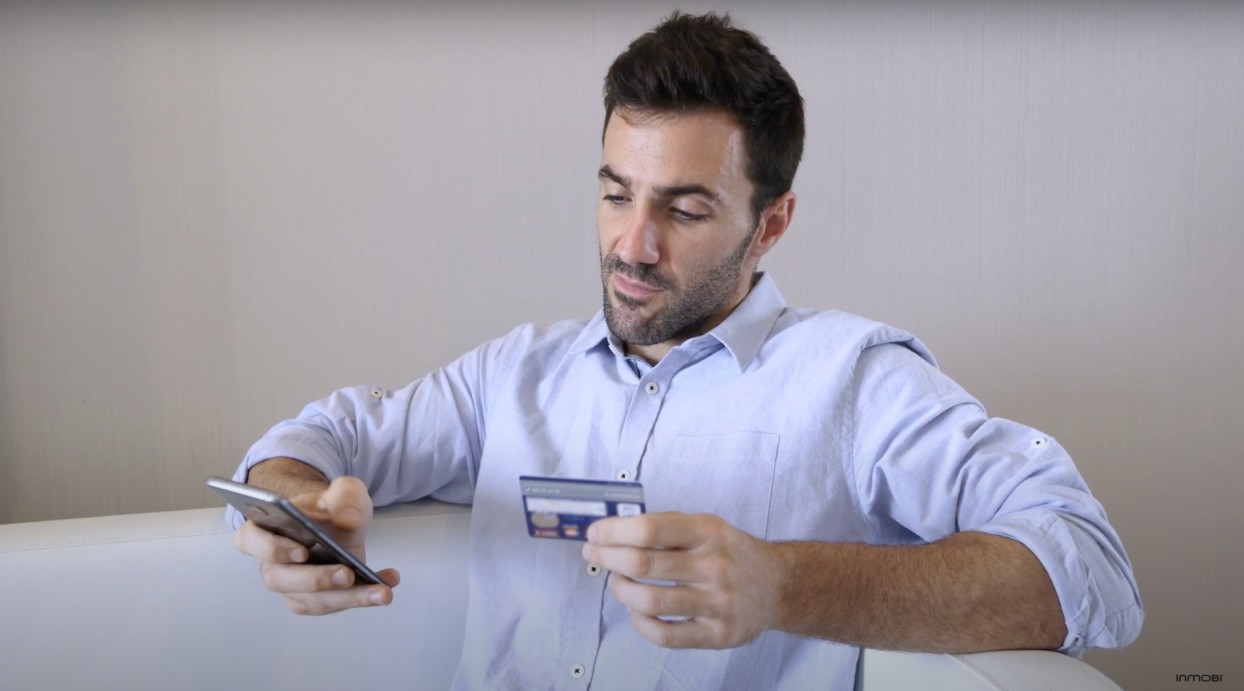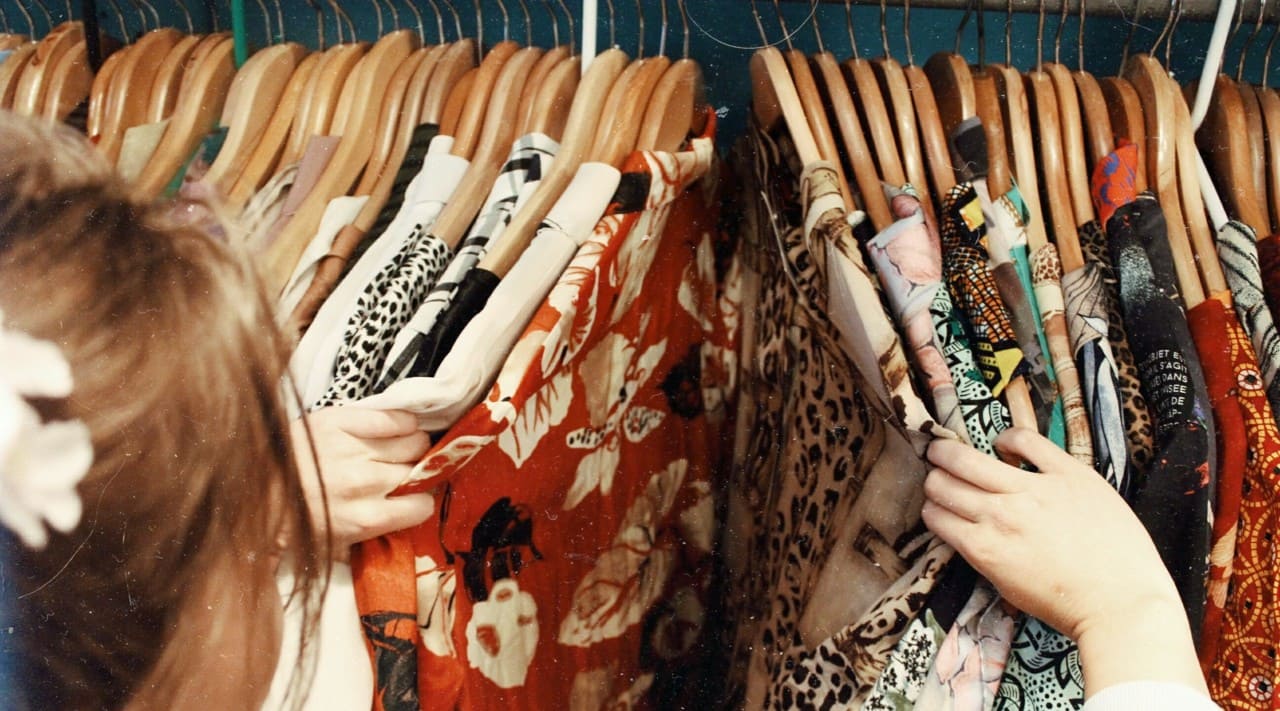- Media Consumption & Trends
- Understanding Consumers
Mobile's Role in Omnichannel Retail

Omnichannel retail, where customers have multiple options to buy from a particular brand or retailer, has long been an industry buzzword, but an omnichannel strategy has become a necessity during the Covid-19 pandemic and its many disruptions to business as usual. As consumers begin to venture out of the home again, it behooves brands and retailers to offer their audiences multiple channels for buying that suit their needs.
But regardless of what a brand’s top sales channels may currently be, mobile devices and mobile apps can and should play a key role in a quality omnichannel customer experience. Not only is mobile a buying channel in its own right, but it influences customer journeys in many other ways as well.
Here’s what we mean.
Why Do Brands and Retails Need an Omnichannel Approach?
Before we get into the role that mobile plays in omnichannel retail, let’s take a step back and highlight why brands and retailers need to offer an omnichannel buying experience in the first place.
In short, consumers today want – nay, expect – to have different buying models and options provided to them whenever they shop or even browse with a particular brand, retailer or shopping platform. Today, no company can survive by offering a one-size-fits-all shopping experience to all potential customers.
For example, when we polled Americans in May 2021 about how they are shopping, 74% said they were already shopping in person at that point. And, 65% of shoppers said they are already browsing for retail purchases in person.
So does this mean that brands and retailers need to just focus on physical stores and call it a day? Not quite.
For one, 49% of all Americans are shopping using third-party apps and websites like Amazon today. Among those between 18 and 34, 59% said they are using third-party e-commerce platforms.
And even in the realm of in-person shopping, that experience looks very different for different cohorts. After all, while some consumers prefer the classic brick and mortar store experience, alternative modes of in-person buying like BOPIS (buy online, pick up in store), paying in person through an app, cashierless checkout, etc. are on the rise as well.
Of course, none of this is necessarily new, as brands and retailers have long offered customers far more than a single channel for making purchases. Think catalogs, television shopping experiences (like HSN or QVC), etc. alongside the brick and mortars.
But, thanks to the rise of e-commerce (and by extension m-commerce), the pressures on brands and retailers to offer truly omnichannel customer service and a multi-dimensional buying experience has perhaps never been greater.
E-Commerce and The Growth of Digital Channels for Shopping
Online shopping has long been growing in popularity and has had its fair share of loyal customers for many years (think Amazon, Etsy, etc.), but e-commerce really grew by leaps and bounds during the pandemic. According to eMarketer, retail e-commerce grew by over 32% in the U.S. in 2020 and will account for over 15% of all retail sales in 2021.
For many customers, the appeal of e-commerce is too great to ignore. When you can shop, browse and buy in real time at any time of the day or night and have items shipped in a matter of days or hours, why bother shopping in person?
As a result of its growth and rising popularity, e-commerce now has to be a central component to how all brands and retailers reach today’s shoppers. According to McKinsey, around 33% of Americans have leveraged online shopping to some extent during the pandemic, and approximately 66% of this cohort will continue leveraging these buying options going forward.
It’s also important to note that a growing share of online shopping is now facilitated by mobile. According to eMarketer, over 38% of all e-commerce sales in the U.S. in 2021 will originate from mobile devices, and that share is expected to rise to more than 44% by 2025.
Bridging The Digital and Physical With Mobile
Mobile is not just a buying channel in its own right. Its always-on nature (when was the last time you left the house without your smartphone?), its growing popularity as a standalone media source and its robust location signals make it an ideal choice for bridging the gaps between the digital and physical worlds – what Eric Hazan, a Senior Partner at McKinsey, and others have phrased as “phygital.”
A great example of how this plays out is BOPIS or curbside pickup. With this buying model, consumers make an order using an app and then pick up that item in person. This kind of contactless buying skyrocketed in popularity in 2020, enabling consumers to quickly and conveniently buy needed items without having to set foot in a physical store or deal with shipping delays. Among those who started buying this way in 2020, 60% say they will continue BOPIS post pandemic while 47% will continue store curbside pickup.
In addition, mobile is often serving an ideal media source for driving in-person shopping. Mobile screens have been more popular than linear TV viewing since 2019, and the gap between the two media sources is only growing. By using mobile to reach and influence shoppers early on in the buying process, brands and retailers can more effectively drive footfall and sales.
What would this entail? Here are a few ways mobile, as a media source, helps to bridge the digital and physical divide.
- Through mobile advertising, consumers can learn about new products and offers. Not only do over half of Americans say they discover new products through mobile ads, but 69% will look up a product online before coming to a store to make a purchase. By next year, around 58% of all in-store sales will be influenced by a digital device in some capacity.
- Mobile advertising, with robust location signals, can be a great way to drive in-store foot traffic. For instance, an in-app ad can include an interactive map that shows someone where their nearest store is located to them at that very moment, along with details on how to get there. Of all the people who are exposed to a typical location-based mobile ad campaign, about 66% of them will later make a purchase with that brand.
And to top it all off, we would be remiss if we didn’t touch on the role that a brand’s own mobile app can and should play in a larger omnichannel retail strategy. Through an owned-and-operated mobile app, brands and retailers can communicate directly with their most loyal customers, facilitate seamless online shopping experiences (including BOPIS and m-commerce buying options), offer unique deals, enable customers to buy items in store to skip checkout lines and much more.
How to Offer A Seamless Experience For Today’s Shoppers
It’s one thing to acknowledge the need to offer an omnichannel shopping experience, but actually making it come to fruition is another matter entirely. According to one recent study, just 8% of retailers say they have truly mastered omnichannel shopping.
Need help getting started? Reach out to InMobi today. Our team can help you finalize your retail priorities and execute on a strategy that leads to real results.
What are your thoughts on the current state of omnichannel retail? Let us know on social media! You can reach out to us on LinkedIn, Twitter, Facebook or Instagram.
Stay Up to Date
Register to our blog updates newsletter to receive the latest content in your inbox.









